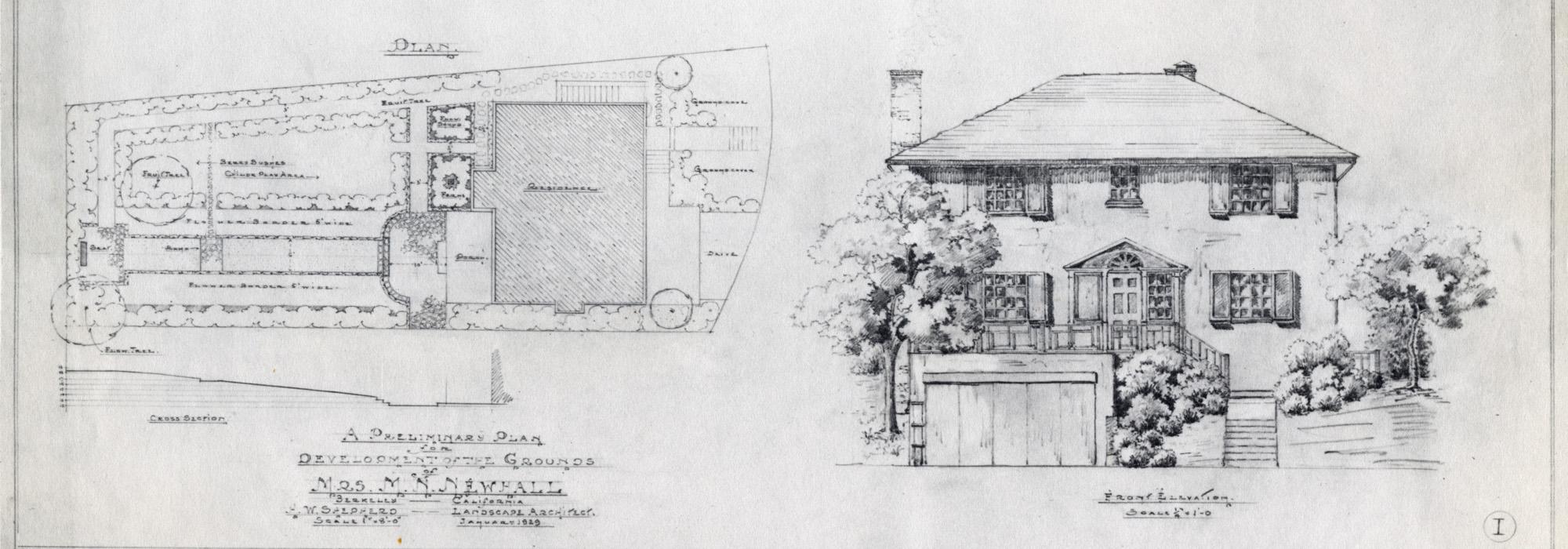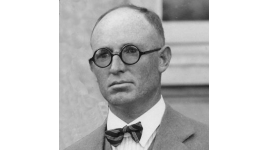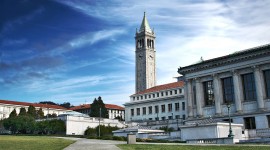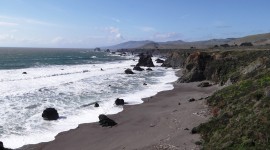Harry Whitcomb Shepherd Biography
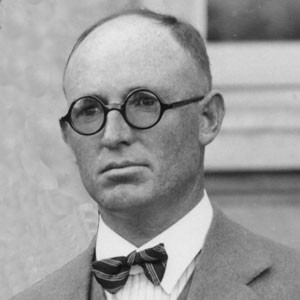
Born in North Attleboro, Massachusetts, Shepherd (1890 - 1961) moved to Monrovia, California as a youth. He graduated from the University of California at Berkeley in 1914, where he started out studying agriculture and ultimately became the first graduate of the brand-new Division of Landscape Gardening and Floriculture. Upon finishing school, Shepherd’s first job was as Assistant Director of the Los Angeles Beautification Committee. He also began his long career as an instructor with his first teaching position in landscape engineering and ornamental horticulture at Manual Arts High School.
Shepherd’s career as both a practicing landscape architect and as a teacher would begin in earnest after his service in World War I, where he was a member of the 143rd Field Artillery in France. Upon returning, he and his wife Elisnore moved to Lodi, California, where he opened a landscape engineering office and directed the vocational horticulture division at Lodi Union High School. This dual employment served as a model for his life’s work, in which he prepared the next generation of landscape architects through his writing, lectures, extension work, and secondary and college teaching, even as he practiced himself. A lifetime of association with the University of California (UC) system continued as Shepherd taught at UC-Davis from 1922 to 1925 and moved to UC-Berkeley, where he remained until his retirement in 1955.
Educating college students at the state’s premiere university was a fundamental component of Shepherd’s career, but he also continued to serve a non-college audience as well, throughout his life. He worked often as a high school teacher and as acting extension specialist for counties around the state, where he prepared plans for more than 200 projects including farms, county parks, and fairgrounds.
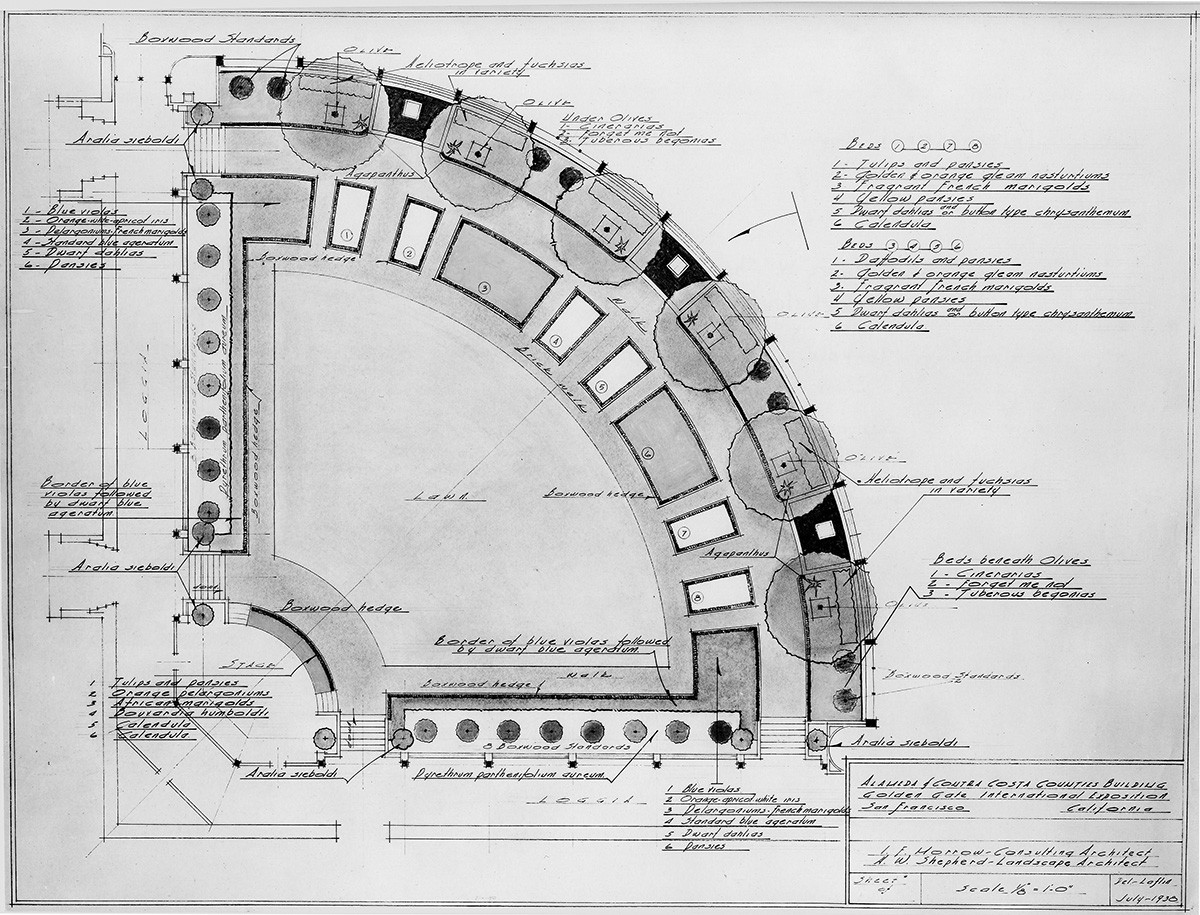
At Berkeley, Shepherd enjoyed camaraderie in the growing department, working with eminent practitioners and teachers such as John Gregg and H. Leland Vaughn to develop the design program over several decades. He also served as landscape architect for both schools, helping to develop landscape plans for the expanding campuses. He and his colleagues, including Katherine Jones, traveled with students to local gardens to study rare plants and successful designs. His connections to the stewards of these gardens resulted in major gifts to the university. For example, as a frequent visitor with his students to the grand Blake Garden in Kensington, he brought his colleague Mai Arbegast with him, as he had suffered a stroke and was looking to her to take over his coursework. In 1957, the Blakes gifted the garden to the University, with Arbegast as acting director, maintaining that connection. In 1959, after Shepherd had retired, Berkeley’s program became a recognized department and major with specialization in plant materials, planting design, and landscape construction.
Beyond his classroom work, Shepherd led a thriving design practice, developing planting plans and designs for private, residential gardens as well as schools, institutions, public parks, and highways. His work was a diverse portfolio, including the Juvenile Detention Home in Martinez, the Salvation Army Training College in San Francisco, and the Castlewood Country Club in Pleasanton. From 1925 to 1929 he was a consultant and assistant to Frederick Law Olmsted, Jr., at the Olmsted Brothers firm. Also in the 1920s he was the landscape architect in charge of the California State Park Survey, a key report in the acquisition and preparation of state and recreational parks in the state. He was also a consultant to the California State Park Commission and the City of Berkeley’s Regional Park Commission. In 1934 he served as the acting consulting landscape engineer for the California State Highway District.
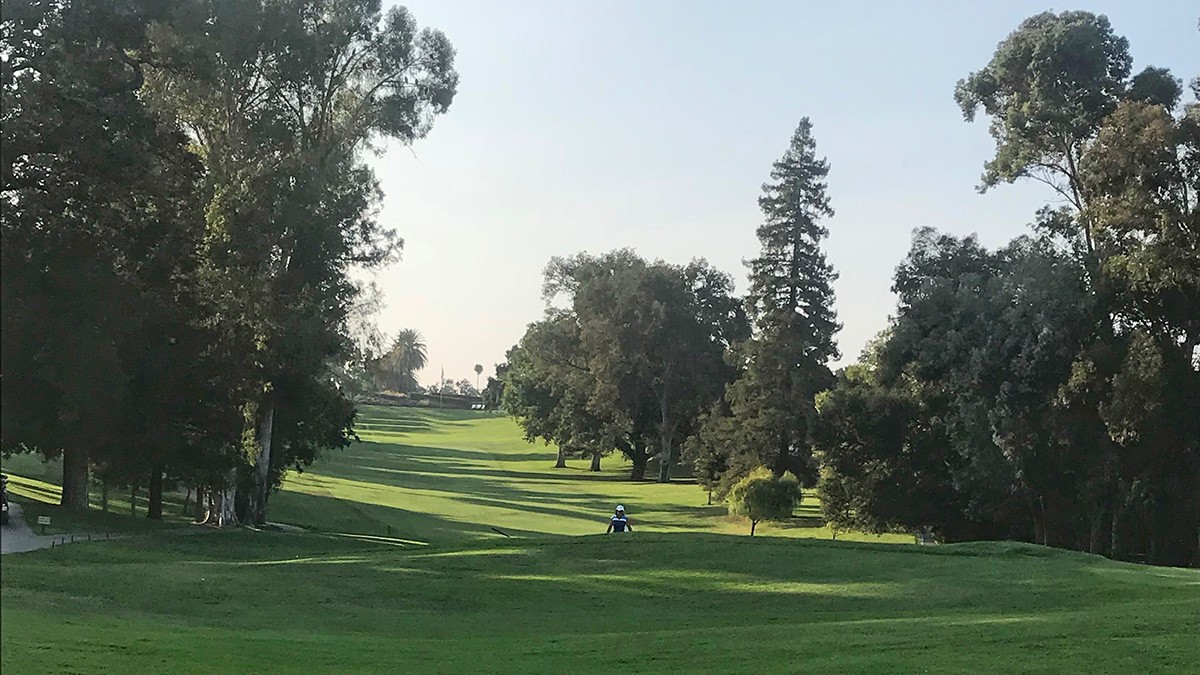
Shepherd’s commissions allowed him to share his love of horticulture and plant material with the general public at sites such as the courtyard of the Alameda-Contra Costa County Building at the 1938 Golden Gate International Exposition, which featured dahlias and peonies as the counties’ official flowers. He was known for having an encyclopedic knowledge of plant materials, and traveled extensively to Australia, where he noted plants that could thrive in a similar climate and admired the town of Adelaide, which had instituted a rule to reserve 25 percent of land for parks.
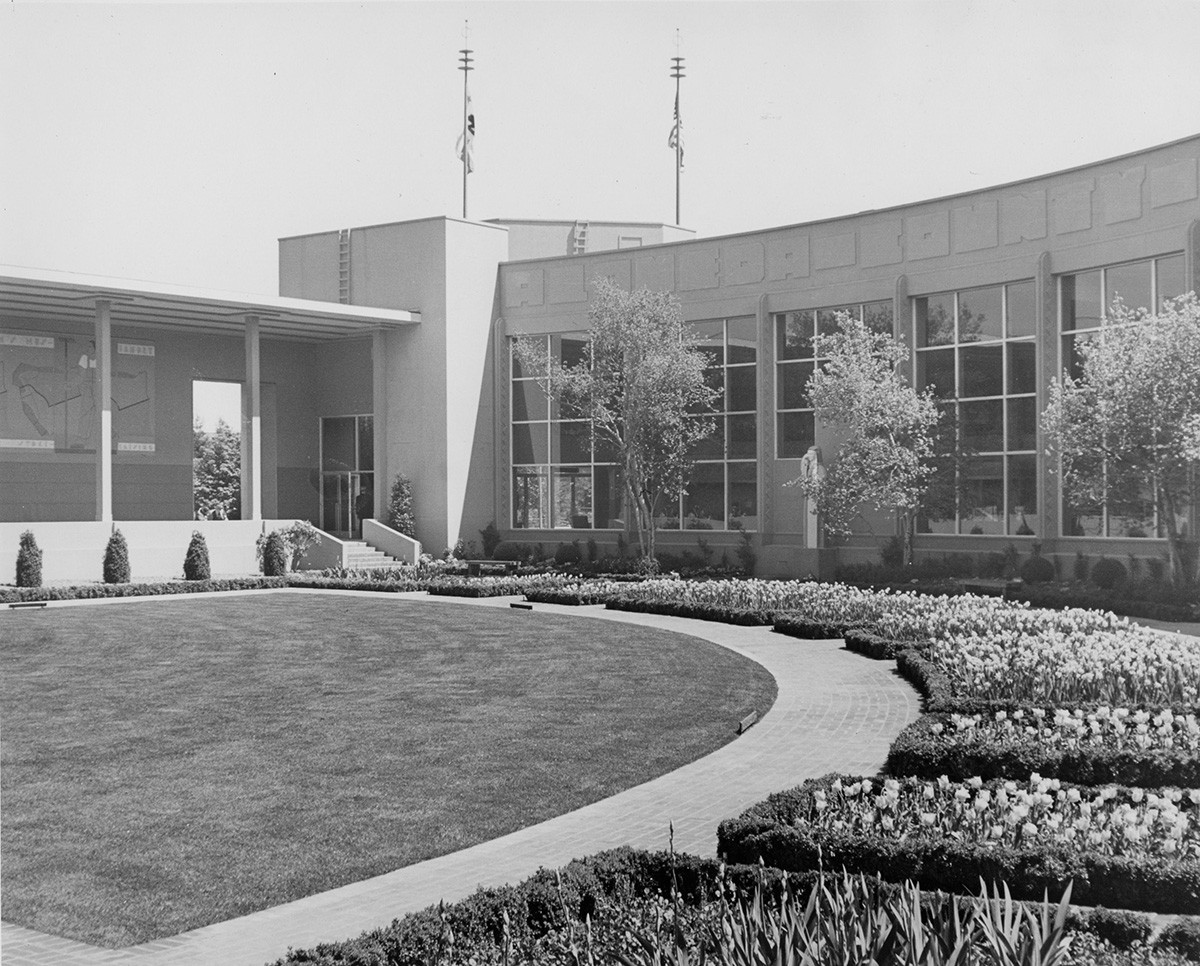
Shepherd was the first licensed landscape architect in the state in 1953. The long-serving horticulturist, instructor, and landscape architect became a Fellow of the American Society of Landscape Architects in 1955 and retired the following year. After a long illness, he died in Berkeley, California, at the age of 70.



